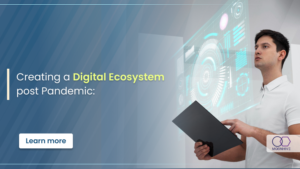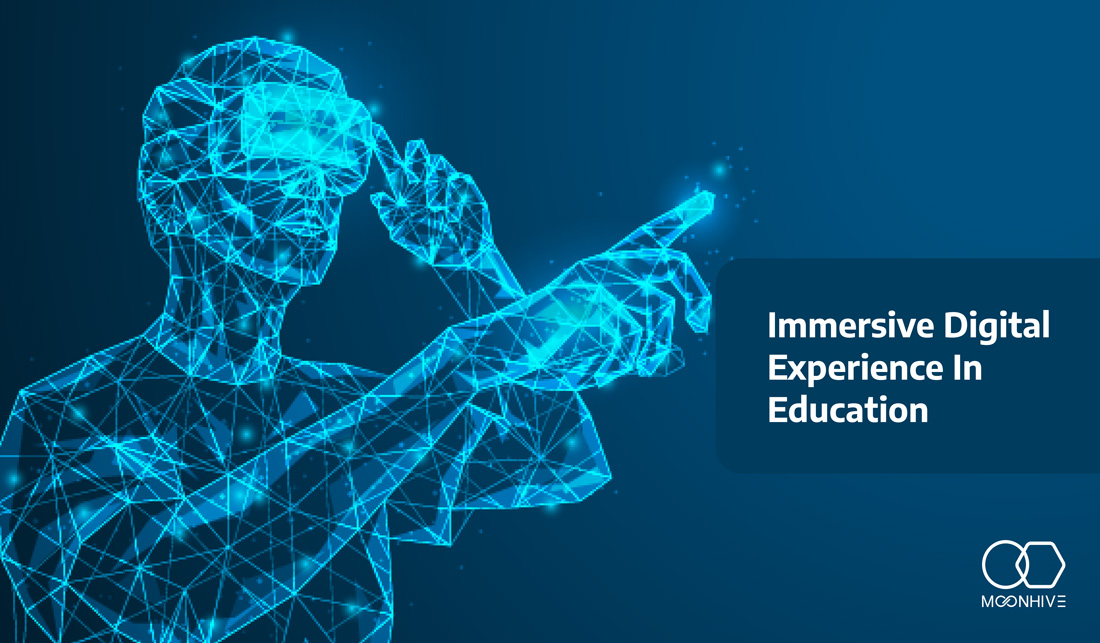Sustainability in IT: Strategies for Eco-Friendly Business Operations

Data Analytics for Decision-Makers: Harnessing Insights for Growth

Why You Need an App for Your Business in 2024


Imagining a world without boundaries or borders is impossible. Imagining traveling without border checking and a passport is impractical. The digital transition is happening in a big way, and technological advancements have made the unimaginable and impractical circumstances feasible.
The iGeneration (generation after Millennials) is the most technically infused category. They live in a society where most of the communication has been through the Internet. The possibility of Generation Alpha children to reside in their hometowns and study abroad of their choice is not beyond imagination. With 3D Hologram installations and apps, it prompts them to walk through the isles of Princeton University or chat with friends through the corridor of the University of Sussex, informing and educating in the same way as that of an offline classroom.
Yes, you guessed it correctly. Augmented Reality & Virtual Reality are turning out to be the most valuable component for the future of education.
Augmented Reality and Virtual Reality
Augmented Reality (AR) is a technology that enhances reality by adding aspects of sound effects, graphics, or images to existing reality. Virtual Reality (VR) uses computer technology to produce a three-dimensional simulated environment that can be interactive and explored by a person. It enables users to experience vision, smell, hearing, and taste in the artificial space.
How It Works
VR technology uses specialized headsets like goggles and software to place the user into the virtual environment. Some of the headsets available are Oculus Quest 2, HTC Viva Cosmos, and Value Index. Cardboard VR is a low-cost smartphone-based headset specially made to suit education purposes.AR technology superimposes digital information in real-world elements.
In this blended environment, a user can interact (even dangerous to experience in real life), manipulate, modify, assemble objects, and the environment in a way that has never been possible in the real world.
Blending AR & VR Technology in Education
AR & VR has emerged into education tools emphasizing interactive learning, practical doing, and a broader understanding of complex subjects. It creates an exciting world within the classroom.
Educators have started to incorporate AR / VR technology in their teaching methodology. Teachers use AR apps to animate science content and develop flashcards to make the learning process fun and enjoyable. Also, AR Lab classes allow students to interact with three-dimensional models of humans, animals, and plants.
Companies began to use AR/VR education for professional training purposes. The virtualized curricula make it easier to comprehend for any age group.
The usage of AR / VR technologies is becoming a popular choice among museums and other history-oriented educators. These tools provide a real-life experience and engage their audiences.
Students and educators can use this technology to connect with peers and study together. With the assistance of software applications, Virtual Reality and Augmented Reality serves purposeful for long-distance classrooms or online classrooms, where students enjoy the same benefits and support that resembled traditional classrooms.
A Big Step To The Future
AR / VR technology allows achieving the impossible and impractical feats, such as traveling back in time or watching a volcanic eruption. Creating a fact-based virtual world can transform education through innovative teaching methods and content delivery.
Implementing AR/VR technology in education requires experienced software and hardware knowledge. Moonhive has implemented AR/VR technology for the product Oogyy (Oogyy Lite, Oogyy Genie, Oogyy Mentor) which is an online education platform. Moonhive’s development team provides customized solutions that engage and develop students’ interest in learning.



